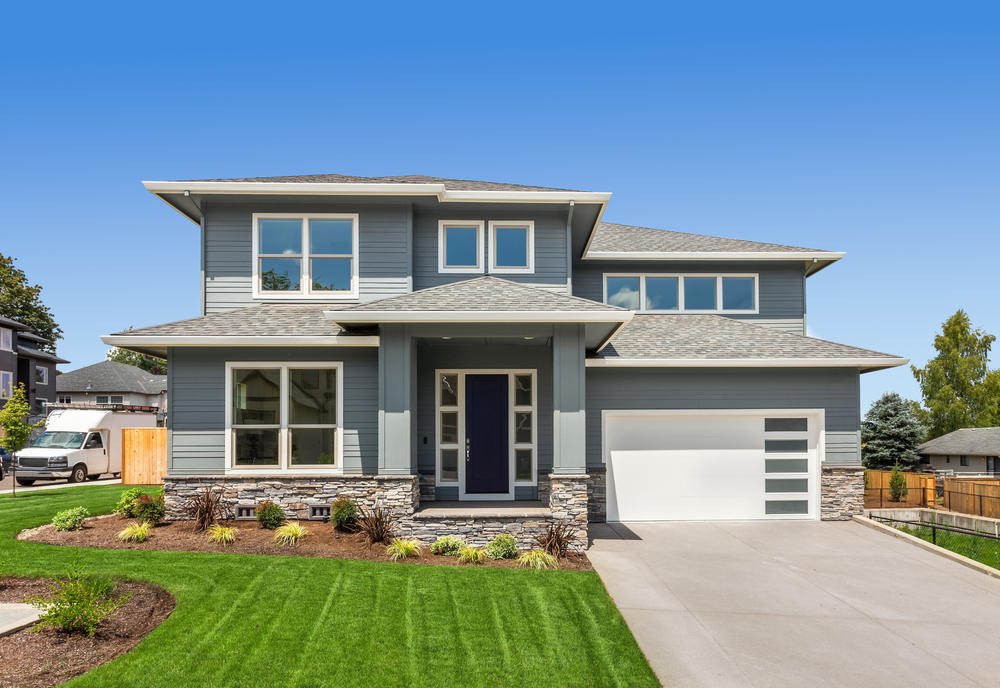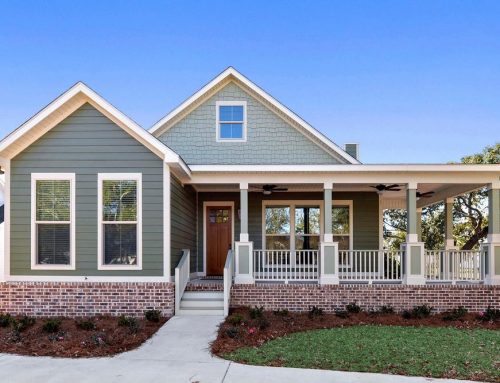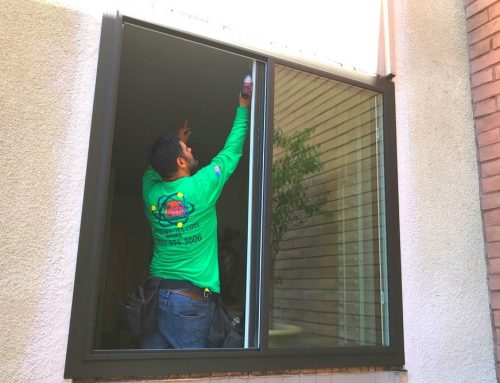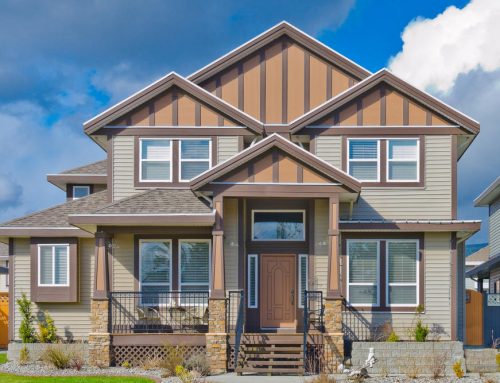What is an Energy-Efficient Window?
An energy-efficient window is a type of window designed to reduce the amount of energy that is lost through the window by using advanced materials, coatings, and construction techniques. They typically have multiple panes of glass, low-emissivity coatings, and insulated frames, which can help to reduce heat transfer and air leakage, resulting in lower energy bills and a more comfortable indoor environment.
What Features Make a Window Energy-Efficient?
There are several factors that contribute to making a window energy efficient:
- Multiple panes of glass: Windows with two panes of glass provide additional thermal insulation.
- Low-emissivity (Low-E) coatings: These coatings help to reduce heat transfer through the window by reflecting radiant heat away.
- Insulated frames: Windows with frames made from insulated materials, such as vinyl, reduce heat transfer and air leakage.
- Gas fills: Windows with inert gases, such as argon, between the panes of glass can further improve their insulating properties.
- Proper installation: A properly installed window will have no gaps or air leaks that can let in cold air or allow warm air to escape.
By incorporating these features, energy-efficient windows can help to reduce energy consumption and improve comfort in a home.
What Window Style and Type are the Most Energy-Efficient?
Window Style
There is no one window style that is the most energy-efficient, as the energy efficiency of a window depends on several factors, such as the type of glass, the type of frame, and the overall design. However, some window styles can be more energy-efficient than others, depending on their features and design. For example, casement windows are often more energy-efficient than double-hung windows because they can provide a better seal when closed.
Dual-Pane Windows
Also, dual-pane windows are generally considered the most energy-efficient type of windows, as they have two panes of glass with two insulating spaces, which provide extra thermal resistance and reduce heat loss. They also often have low-emissivity (Low-E) coatings, which can further improve their insulating properties.
Vinyl Windows
Vinyl windows can be more energy-efficient than other types of windows, such as aluminum, because vinyl is a poor conductor of heat and is, therefore, less likely to transfer heat or cold into or out of a building. Additionally, vinyl frames are often filled with insulation, which can further reduce heat transfer and improve energy efficiency.
However, the energy efficiency of vinyl windows can vary depending on the quality of the materials and construction, as well as other features such as the type of glass, the number of panes, and the presence of low-emissivity (Low-E) coatings. Therefore, it is important to select high-quality vinyl windows with features that are appropriate for the building’s climate and orientation in order to maximize their energy efficiency. If you are ready to improve your home with energy-efficient windows, the experienced team at California Energy Contractors is here to help. Give us a call at (855) 779-1413, or click here for a FREE estimate!










